Discovering the Most Stunning Towns in Tuscany: From 12th-Century UNESCO World Heritage Sites to Enchanting Villages in the Heart of the Tuscan Countryside
When you think of Tuscany, vivid images of sprawling grapevines across rolling hills come to mind. Picture quaint towns crowned with red-tiled roofs, graceful poplar trees, enchanting sunsets, and delectable local cuisine enjoyed at outdoor cafés.
It’s no surprise that these idealistic views have enchanted artists, writers, musicians, and dreamers for centuries. Alongside famed cities like Pisa, famous for its Leaning Tower, and the iconic Duomo of Florence, Tuscany boasts a myriad of villages and small towns that embody our romantic fantasies. The magical island of Elba also offers a slice of Tuscan paradise.
If you’re eager to immerse yourself in the alluring Tuscan dream, join me as we meander through the picturesque countryside to uncover some of the most beautiful towns and villages in Tuscany.
To plan a trip you’ll never forget, check out my guide to the best vineyard hotels in Tuscany, where you can experience the quintessential Tuscan lifestyle.
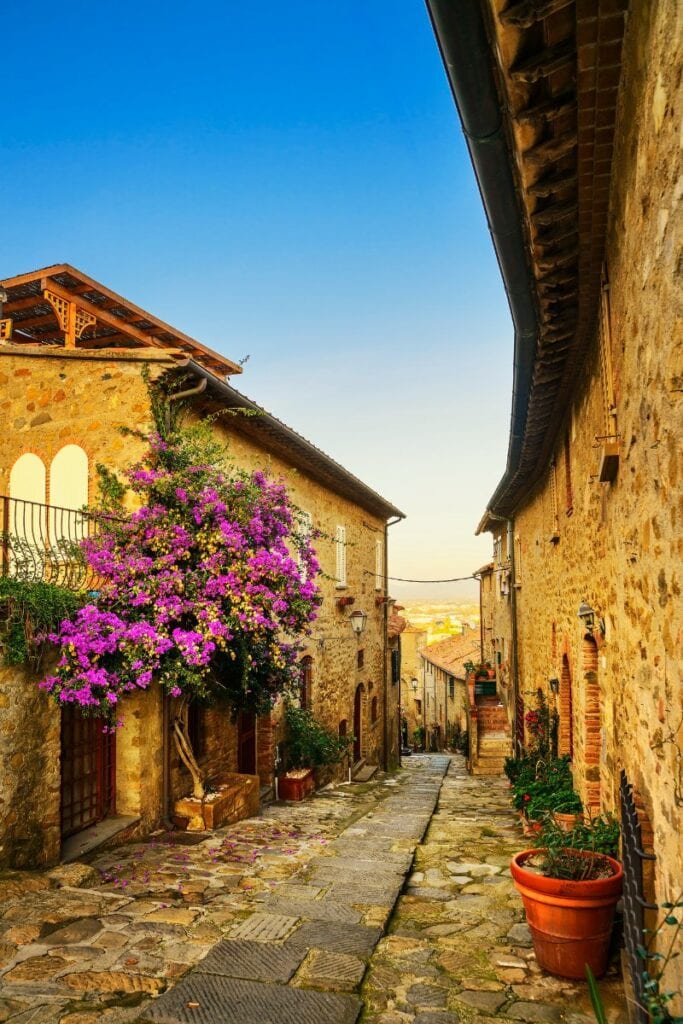
13 Most Beautiful Towns and Villages in Tuscany, Italy
San Gimignano
This small walled town, established in the 12th century, is often referred to as The Town of Fine Towers. As you stroll through the charming streets lined with red-tiled houses, you’ll arrive at the Palazzo Comunale, home to fourteen impressive tower houses, the tallest being the 54-meter Torre Grossa.
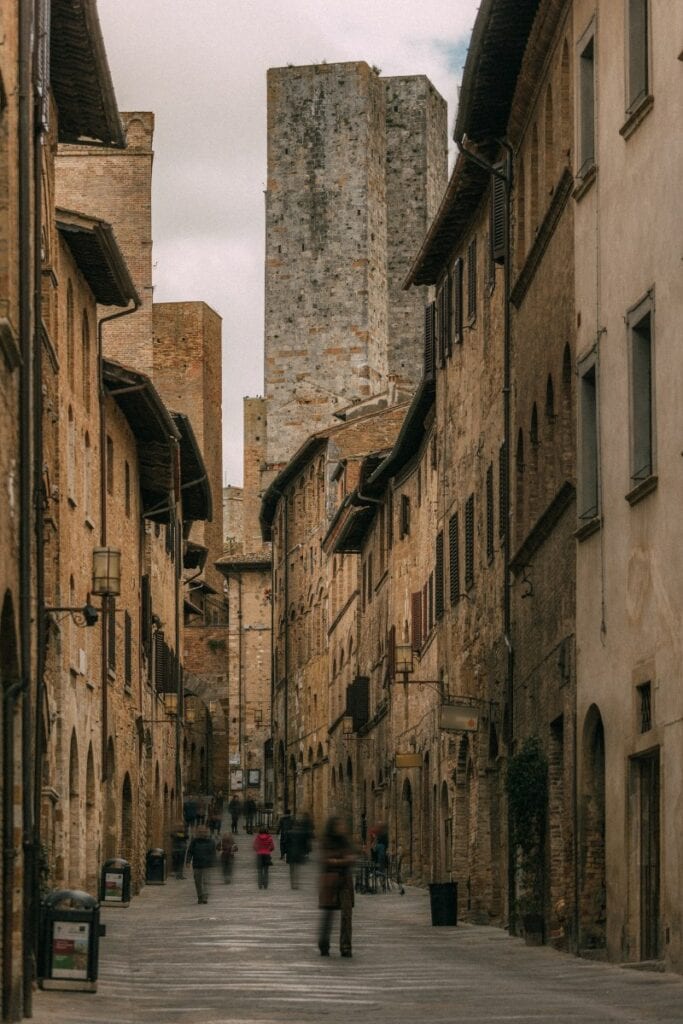
Make sure to stop by the Piazza della Cisterna for a gelato from the world-renowned Dondoli Gelateria, then find a shady spot to enjoy a leisurely afternoon nap, known as riposo in Italian.
For an easy day trip, consider booking a tour from Florence through GetYourGuide.
Panzano
Nestled between Florence and Siena, Panzano is situated in the heart of the Chianti wine region. This idyllic hilltop village boasts encircling walls and breathtaking views of the neat vineyards stretching out under the vast Tuscan sky.
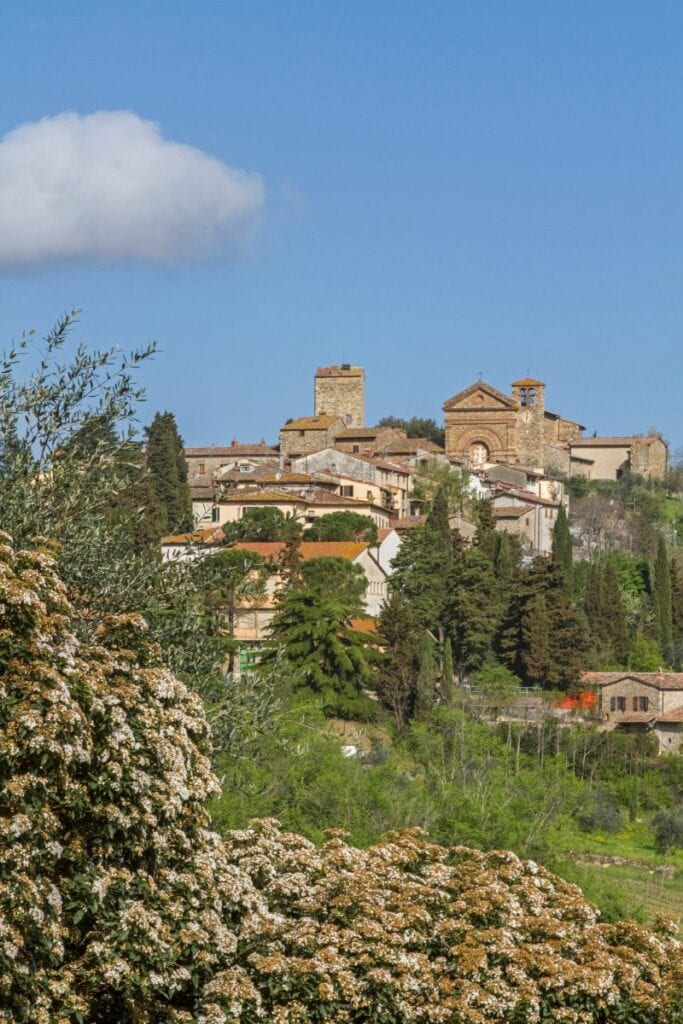
The ideal time to visit the Chianti region is between May and September, with April and October being rainier months. If you’re fortunate enough to visit in winter, you might witness the enchanting sight of Panzano dusted with snow.
Explore the quaint, car-free Old Town filled with colorful shops and wine bars. Don’t miss the Church of Santa Maria Assunta that stands proudly at the village’s highest point. Grab a coffee at Il Vinaio, where you can relax under grapevine trellises while taking in the spectacular valley views.
Pienza
Perched on a hillside overlooking the breathtaking Val d’Orcia, Pienza was transformed in the 15th century by Pope Pius II as an “ideal town.” It was designated a UNESCO World Heritage site in 2004, and it’s easy to understand why.
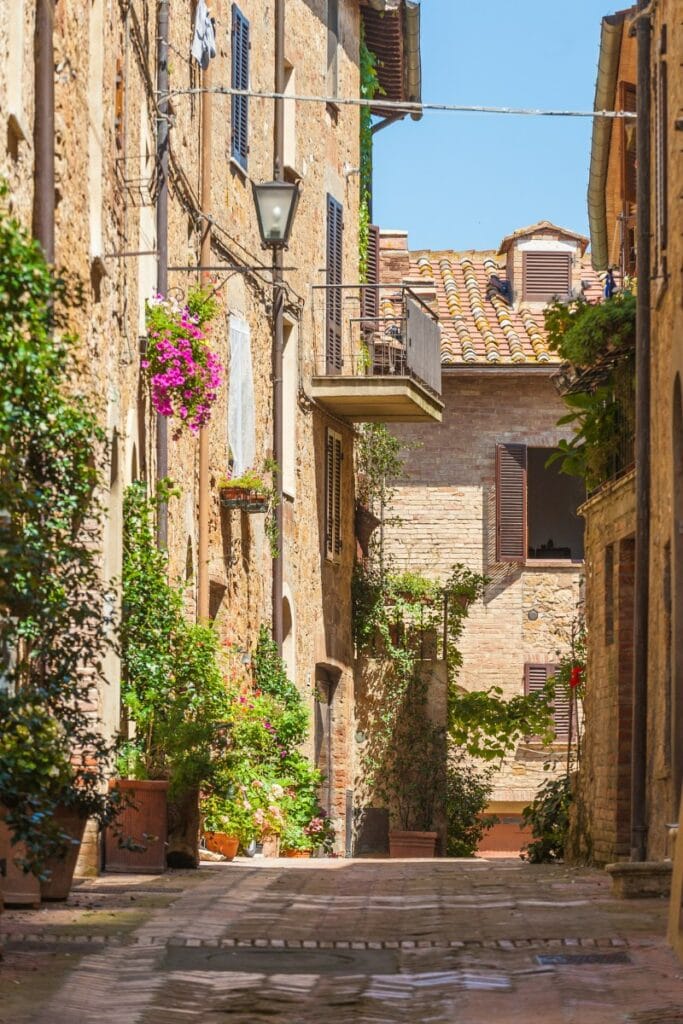
The harmonious Renaissance architecture seamlessly integrates with the landscape, offering breathtaking views at every turn. If you’re into photography, Pienza will not disappoint—you’ll find endless opportunities for stunning shots!
Food enthusiasts will revel in Pienza’s local delicacies, especially the famous pecorino cheese, which can be enjoyed at the many cozy eateries scattered throughout the town. Movie buffs can appreciate that the final scene from Gladiator was filmed in the nearby countryside—how cool is that?
Florence
While Florence is technically a city, it feels like a collection of charming Tuscan villages. It’s an excellent starting point for any journey through the region.
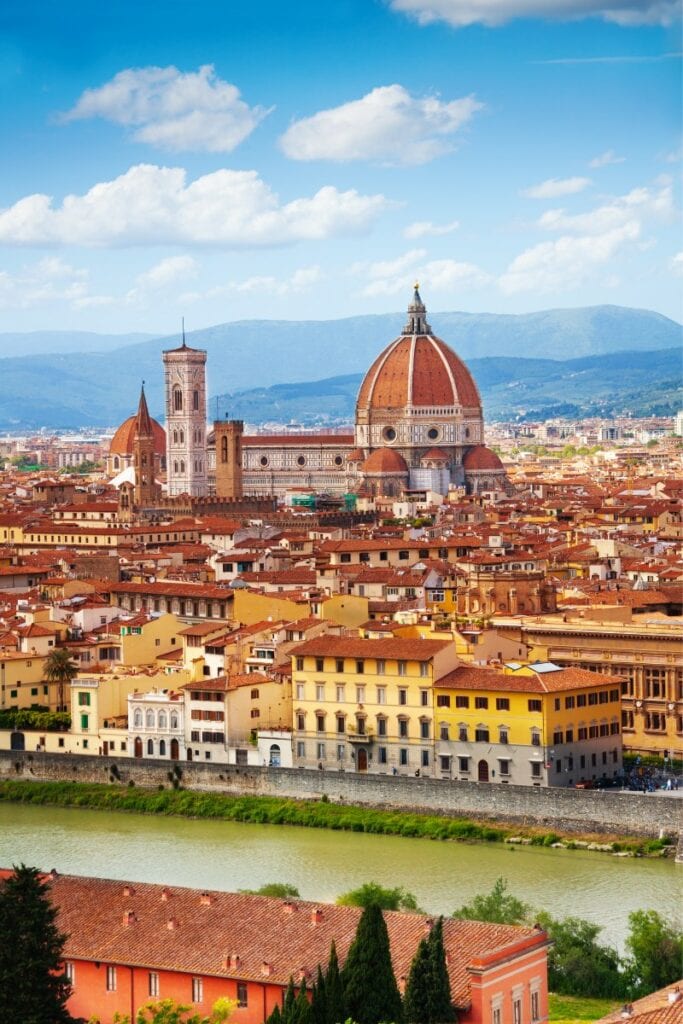
The narrow streets surrounding Piazza della Signoria extend in all directions, leading to landmarks such as the Palazzo Vecchio, the Piazza del Duomo, and the Uffizi Gallery. From here, anything is possible! Grab a map, settle down at a cozy café, and plot your journey through the Tuscan countryside.
Monteriggioni
One of the most beautiful places in Tuscany, Monteriggioni resembles a cinematic backdrop rather than a real village. Its fourteen square towers rise dramatically along the surrounding fortifications, creating an enchanting sight against a backdrop of vineyards and rolling pastel hills.
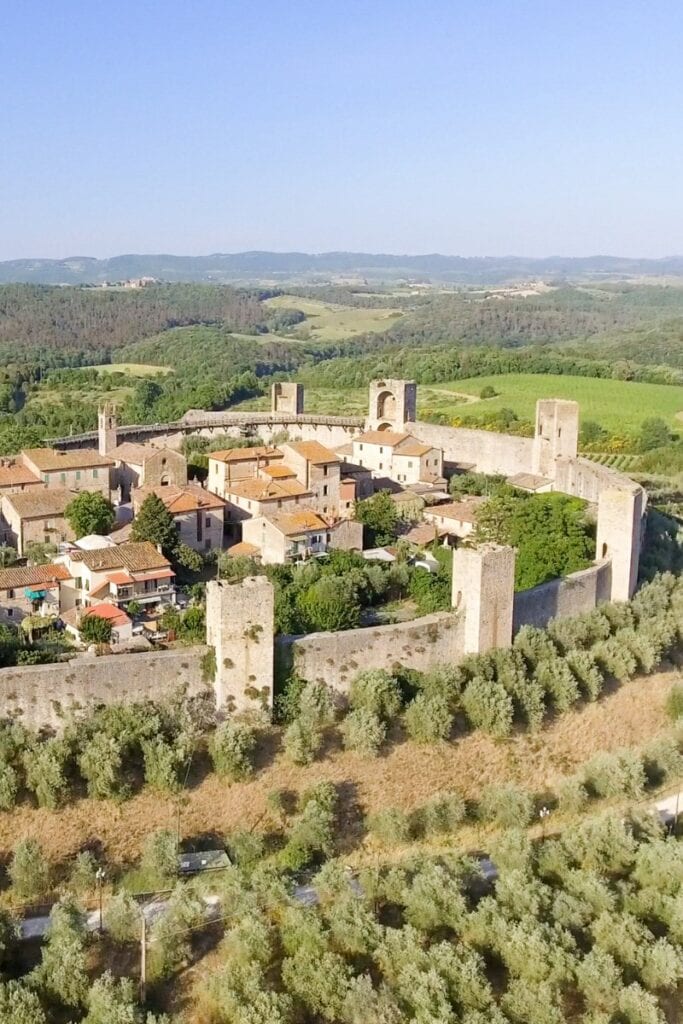
At the heart of the village stands the charming 13th-century Church of Santa Maria Assunta, where you can unwind and people-watch at one of the cafés situated in Piazza Roma.
Monteriggioni makes for a popular day trip from either Sienna or Florence. Consider combining your visit with wine tasting on an exciting tour with GetYourGuide.
Pitigliano
Known as “Little Jerusalem,” Pitigliano was established as a sanctuary for Jews fleeing persecution in Rome. This picturesque town is perched atop a rocky hill that overlooks the Fiora Valley, showcasing a harmonious blend of traditional Tuscan architecture and unique structures carved from soft volcanic tufa rock.
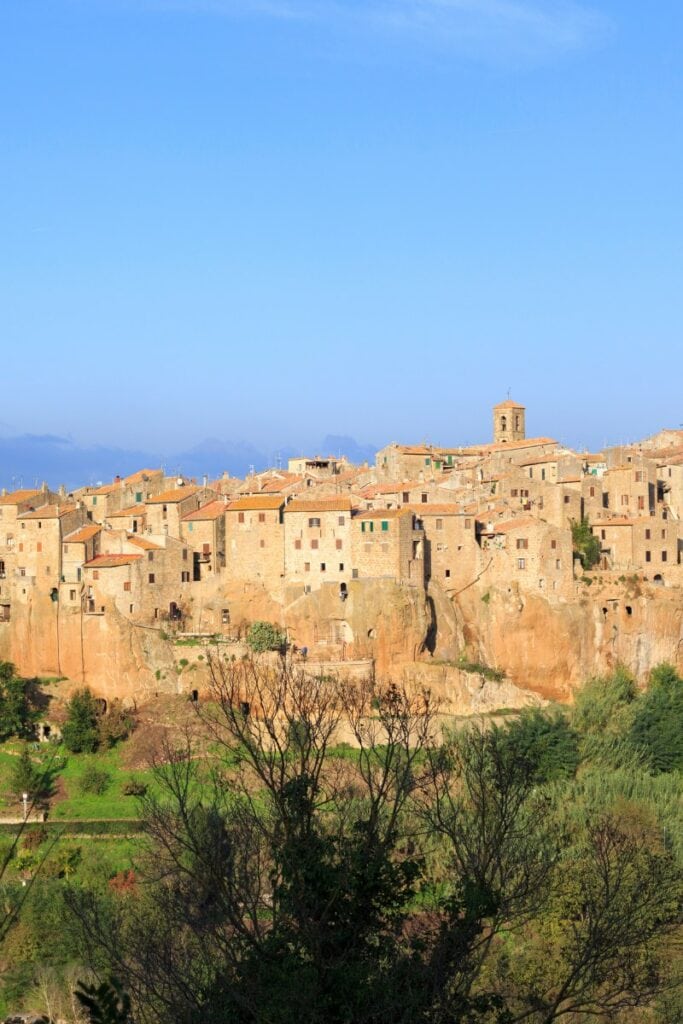
One of my favorite aspects of Pitigliano is its culinary offerings. A local specialty is known as sfratti, a delectable stick-shaped cookie filled with ground nuts, honey, nutmeg, and orange peel. These treats are delightful paired with morning coffee or, even better, with a glass of the local Bianco di Pitigliano wine in the evening!
Cortona
If you’ve seen the movie Under the Tuscan Sun, you may already be familiar with Cortona. Easily accessible for a day trip from Florence or Siena, it is renowned as one of Tuscany’s most beautiful locations.
This ancient hilltop town remains laid-back and authentic, even with tourist crowds.
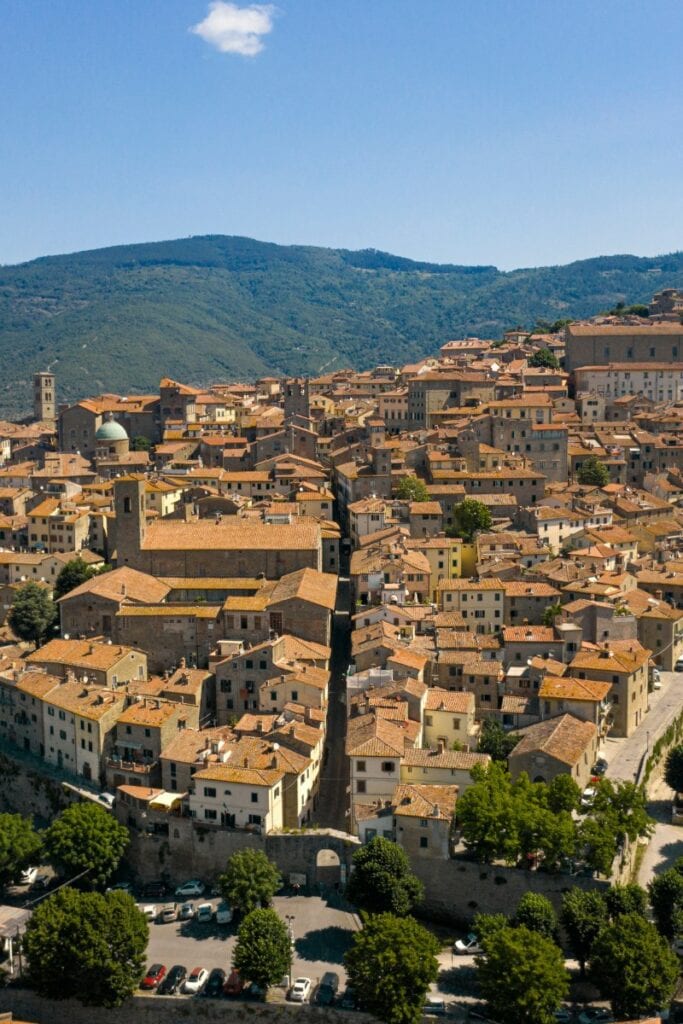
The narrow cobbled streets around Palazzo Comunale are intriguing to explore, offering numerous eateries. Be sure to try the Tuscan specialty Ribollita, a hearty bread soup made with white wine and locally-sourced beans. It’s both comforting and delicious!
A short walk from the town lies the Santa Margherita Sanctuary, a quaint basilica that houses the relics of the 13th-century saint Margherita de Cortana, whose incorrupt body is visible beside the main altar. While this display may seem unusual, the church itself is beautifully decorated and exudes a serene rural atmosphere.
Montepulciano
This enchanting hilltop village seems to be untouched by time, making it an easy day trip from Siena. Established by the prosperous Medici family in the 16th century, Montepulciano has seen little alteration since!
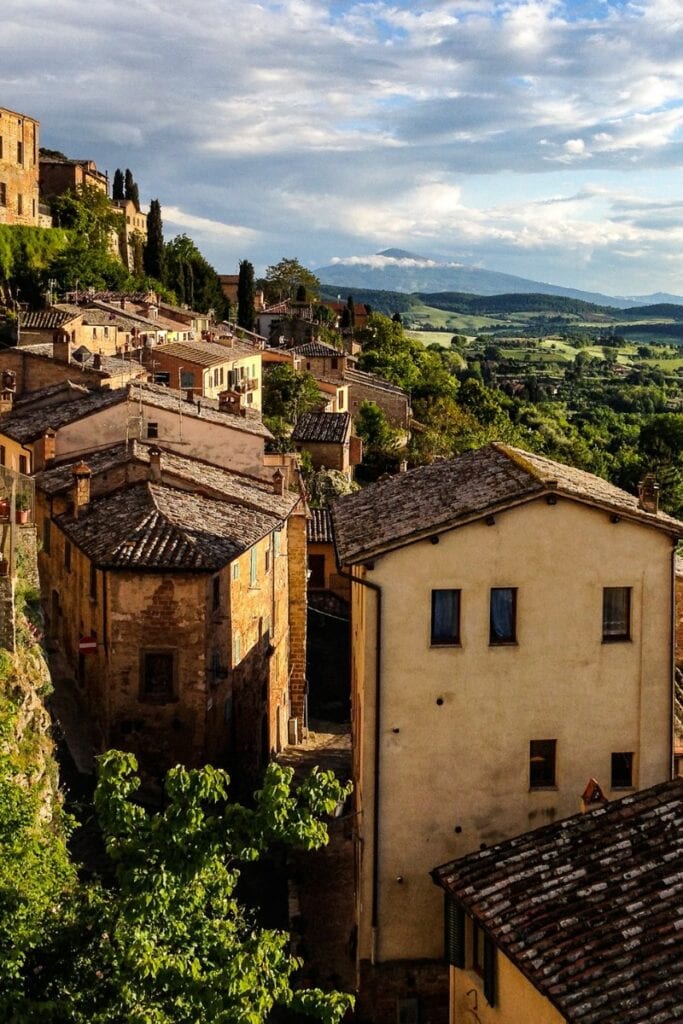
At the heart of the town lies Piazza Grande, lined with delightful restaurants and wine shops where you can sample the region’s famed Vino Nobile vintages.
Collodi
Everyone knows the tale of Pinocchio, the wooden boy who came to life and couldn’t tell a lie. So, I won’t lie—Collodi, the hometown of Pinocchio’s creator, is genuinely one of Tuscany’s most picturesque villages!
Here, houses cascade down a verdant hill beneath the ancient Church of San Bartolomeo, offering a panoramic view of the beautiful landscape.
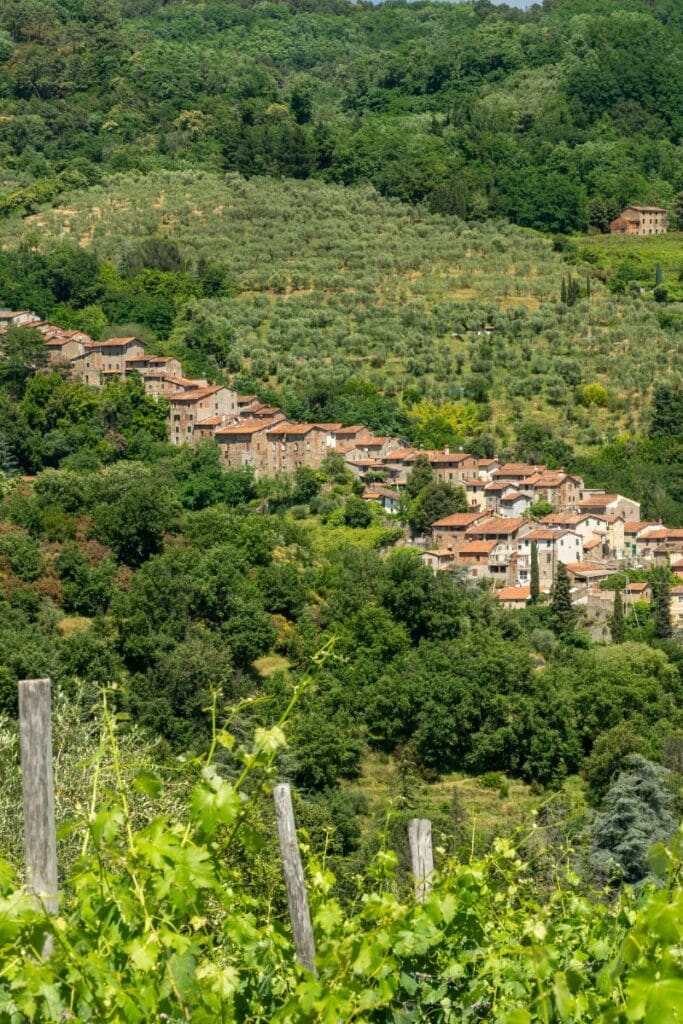
The Italian Gardens at Villa Garzoni boast grottos, captivating statues, a bamboo forest, and even free-roaming peacocks. Interestingly, Carlo Collodi’s father, who penned Pinocchio, was the gardener at this villa (although I don’t think his name was Geppetto!).
Another unique attraction in Collodi is the Butterfly House, featuring over 1,000 butterflies from around the world, all housed in a stunning glass and stone greenhouse.
Casale Marritimo
Casa Marritimo, set near the coast of the Tyrrhenian Sea, features charming brick houses that ascend a gentle hill lined with vineyards. Its arched pathways, cozy cobbled courtyards, and medieval walls provide endless opportunities for photography against the picturesque landscape.
This village invites you to simply relax, sip coffee in the piazzas, and meander through local shops and galleries. Casale Marritimo perfectly embodies the essence of Tuscan village life. While historic churches and Etruscan ruins lie nearby, what’s truly special about this charming town is the guilt-free bliss of doing nothing—sometimes, that is the best part of traveling!
Barga
Barga, located in the Serchio River valley, has earned the nickname “The Most Scottish Town in Italy,” as approximately 40% of its residents have Scottish ancestry. If you’re yearning for whisky or haggis during your travels, this is the place to look! Additionally, you’ll find a quirky red phone box functioning as a book exchange.
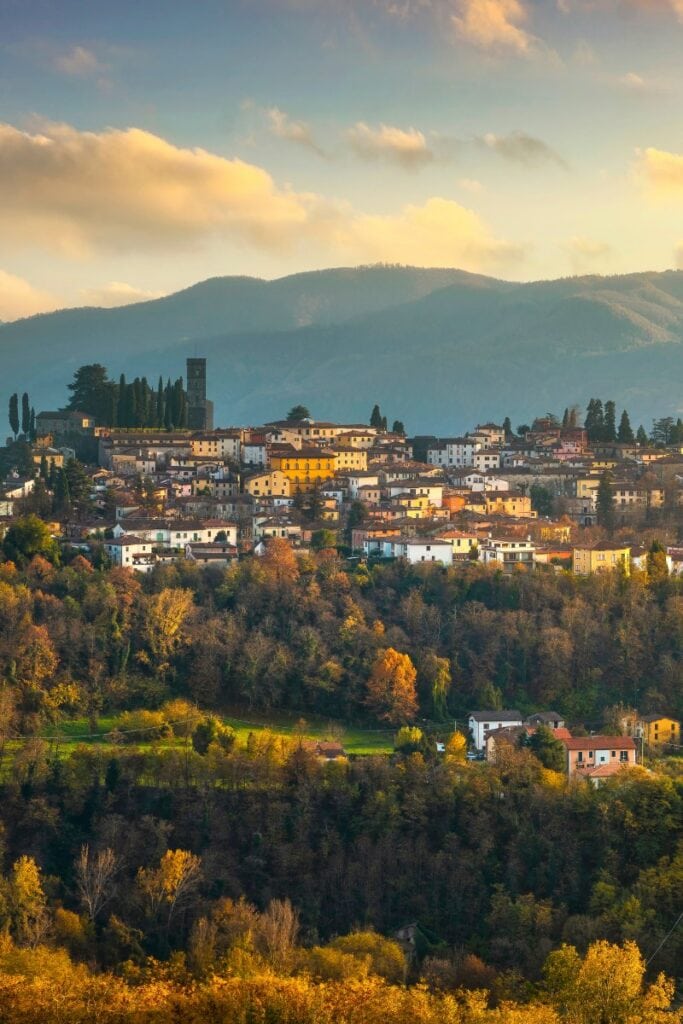
Despite its Scottish heritage, Barga maintains a classic Tuscan appearance, with lovely limestone buildings and red-tiled roofs. The town is home to the striking Romanesque cathedral, Collegiata di San Christoforo, adorned with frescoes and sculptures from the 11th century. Barga also boasts a vibrant arts scene, hosting several festivals throughout the year and attracting numerous artists and writers.
Its serene countryside setting, enveloped by lush forests and vineyards against a backdrop of rolling hills, offers a refreshing change if you’ve spent a lot of time in bustling Italian cities.
Sansepolcro
Sansepolcro is famous as the birthplace of the Renaissance artist Piero della Francesca. The Museo Civico showcases works by artists such as Santi di Tito and Luca Signorelli, including Francesca’s masterpiece The Resurrection.
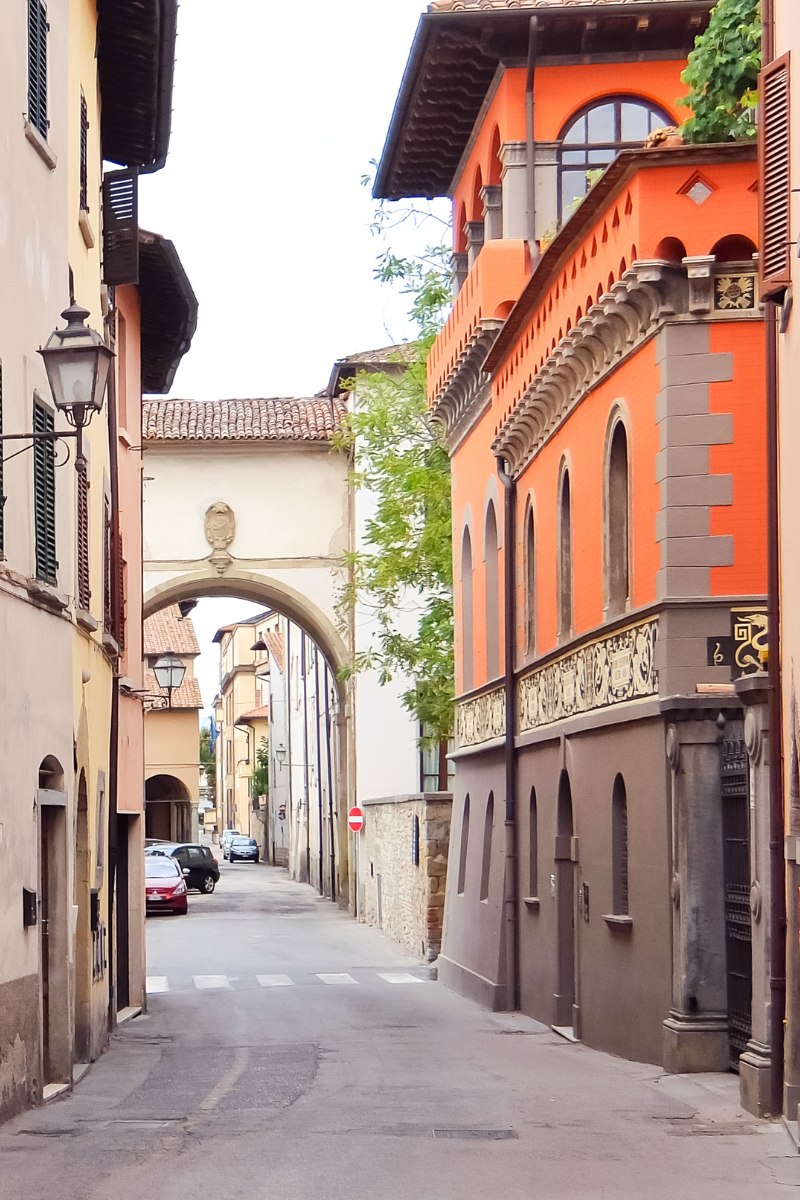
As you wander through Sansepolcro, you’ll quickly forget you’re in a relatively large manufacturing town. Beyond the industrial area, the quiet cobbled streets and piazzas are filled with fascinating churches, chapels, shops, and homes.
Don’t miss the Cathedral of San Giovanni Evangelista, with its beautiful arched cloisters, or the quaint Church of San Lorenzo, adorned with evocative paintings by Rosso Florentino.
Once you tire of exploring the churches and piazzas (if that’s even possible!), there are plenty of delightful spots to relax with a tasty Italian snack or aperitif.
Lucca
Lastly, I might have saved the best for last! Lucca, with its charming location beside the Serchio River, encircled by its ancient stone walls and dotted with quaint tree-lined piazzas, may just be one of the most beautiful towns in Tuscany—perhaps even all of Italy!
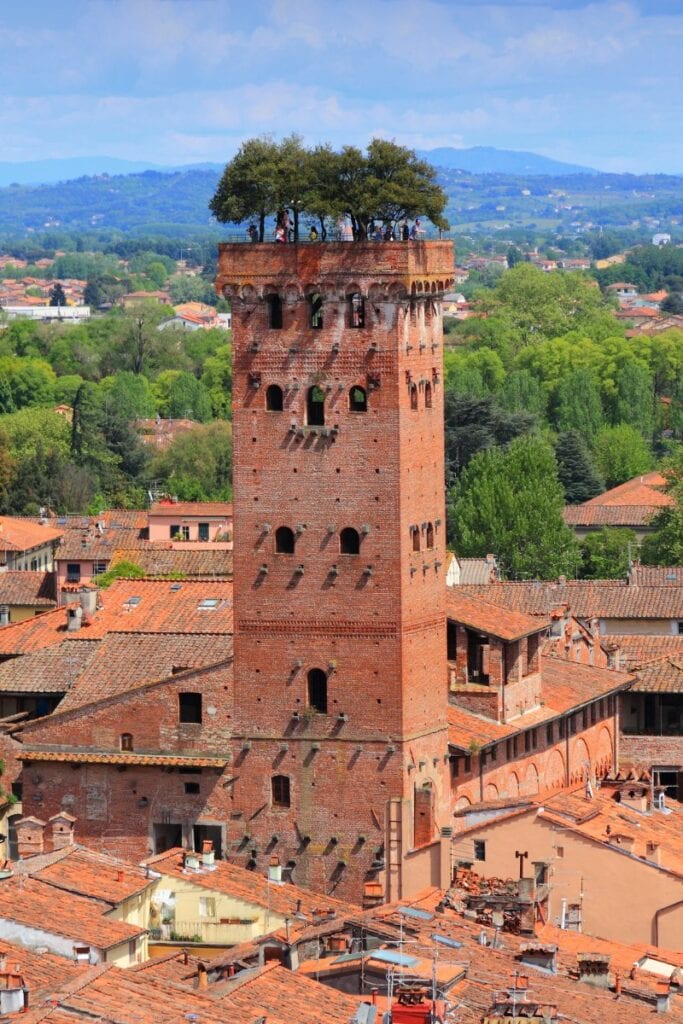
If you’re a walker or runner, the city walls offer a beautiful circular path with stunning views of the town’s rooftops and the distant Apuan Alps. You can rent bikes to explore the town center or venture further.
In Lucca, you can spend leisurely days observing people, soaking in the relaxed Tuscan lifestyle, and unwinding.
After a day of relaxation, head to the bars and cafés in Piazza San Michele for drinks and light bites. Enoteca Marsili is a must-visit, where you can sit outside beneath a flower-draped balcony and enjoy a delightful dinner.
Every time I travel to Italy, I’m excited to escape the hustle and bustle of the larger cities. In Tuscany, its charming towns and villages scattered throughout the enchanting countryside never cease to captivate me. If you’re looking for dreamy accommodations, I highly recommend these charming vineyard hotels.
In need of more assistance with your travel plans in Italy? Be sure to check out these posts:



